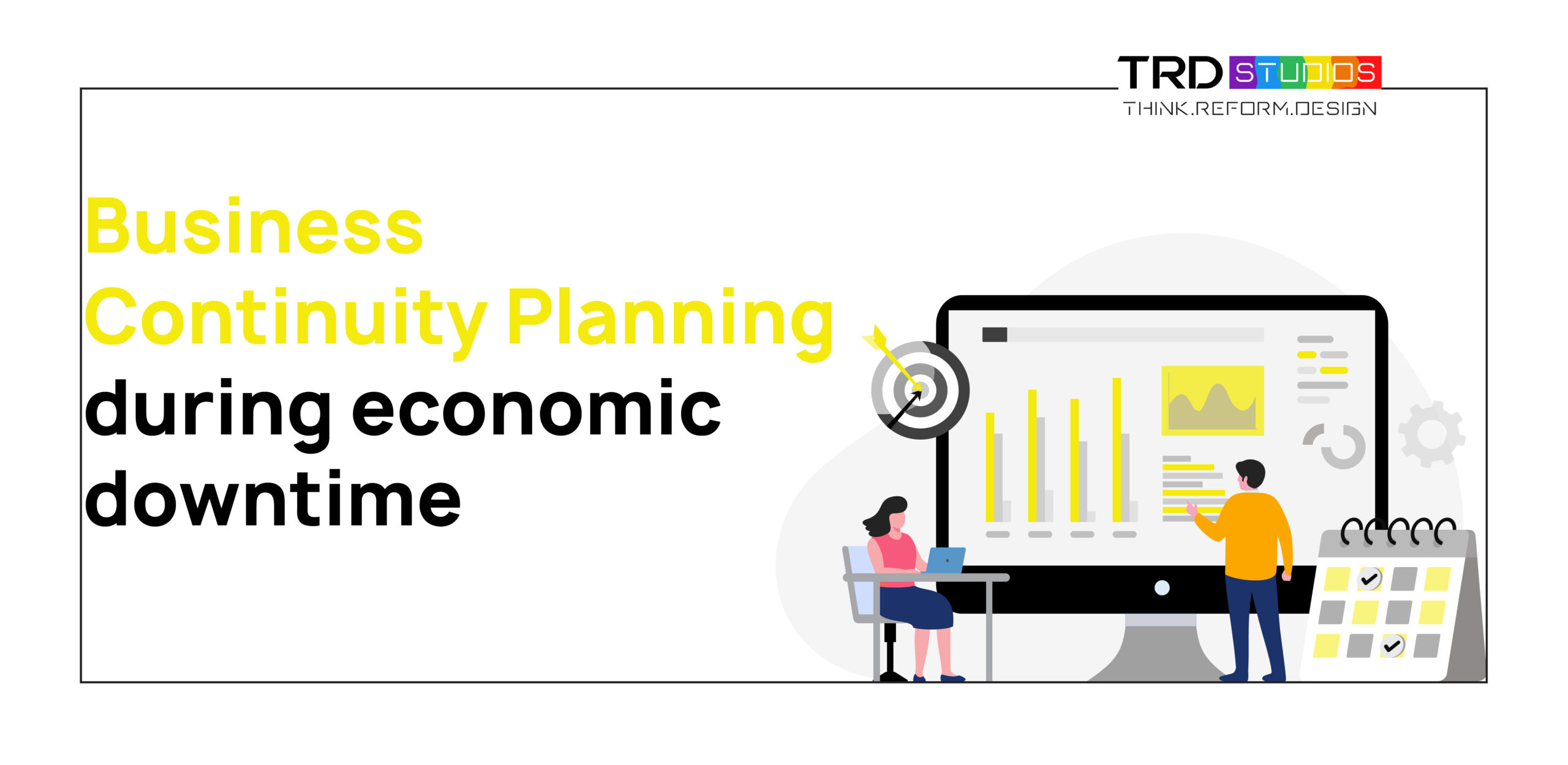Marketing has evolved a lot recently. Its focus has shifted more than ever to the consumer. Traditional marketing continues to be challenged by the digital era. There is a marked shift from conventional to digital marketing to adapt to the changes in the consumers’ behavior.
Experiential marketing encourages companies to abandon the invasive marketing of their products and create experiences that bridge the gap between brands and consumers.
Experiential marketing is more than just enticing customers to engage in retail therapy. It helps amplify the retail experience while attracting customers and leaving a lasting impression.
Customer satisfaction is the recurring theme for any business looking for sustainable growth and maintaining a competitive edge. A brand can fail due to the absence of customer satisfaction in it.
Building a solid customer relationship is an intrinsic part of experiential marketing as it helps link the brand and the consumer with a strong emotional link.
In this article, you’ll learn about experiential marketing and how to make it work for you.
Definition of Experiential Marketing:
Companies increasingly leverage experiential marketing to interact with customers in a less intrusive fashion as a marketing technique.
The primary objective of using experiential marketing is to build an emotional bond between the brand and the consumer. In contrast, traditional marketing places the impetus on the product or service, while experiential marketing places the customer and emotions center stage. The idea is to rely on feelings to communicate and create unique experiences around those emotions.
Experiential marketing can generate a high engagement, conversion rate, and ROI. It helps to pursue experiential marketing if you want to stand out from the crowd while maintaining a competitive edge in the digital era.
How Do You Get Started On Your Experiential Marketing Campaign?
Getting it right is easier said than done when it comes to experiential marketing but if you need help, a company like TRD Studios is an excellent choice for all your marketing needs. Care should be taken to provide authentic experiences relevant to your brand. Listed are some steps you can take to that end.
1. Observe and Gather Inspiration
Creating that memorable experience helps to observe and understand the current trends that resonate with customers.
Pay attention to what other brands are doing to foster memorable experiences. Try and recollect any insightful campaigns and perhaps model your campaign on them.
2. Know Your Customers
Check your historical data to see what the customers love about your brand and what products and features they most enjoy.
Solicit information through social media and short surveys. Gaining an insight into what your existing customers appreciate about you will help you attract new ones by creating contemporary emotional experiences.
3. Know Your Goal
What’s the aim of using experiential marketing? What results do you expect? Could it be encouraging them to try your product and purchase it?
Ascertaining your expectations and conveying this to potential customers convincingly would elevate your chances of interacting with your brand.
4. Engage the Senses
Analyze what people expect to see, touch and hear when it comes to your brand experience. How will you put your brand out there? Will you use vivid colors and maybe incorporate musical elements.
When you engage their senses, it will better impact them.
5. Measure, Analyze, and Improve
Social media would be a great place to start to determine the success of your experiential marketing efforts. You could just as easily use a website to capture data to learn what resonates with customers, and you can continue to delight them by creating much-loved experiences.
Experiential Marketing Campaigns Examples
Mcdonald’s Mcflurry Tour
The McFlurry tour involved driving a food truck to different Canadian cities to associate feelings of joy and fun with McDonald’s products. To accentuate the right emotions, appropriate brand ambassadors were chosen to communicate the brand’s values and connect with the consumers.
2. Volkswagen’s Piano Staircase
Recently, Volkswagen created an initiative called The Fun Theory. As the name suggests, the aim was to achieve challenges by making people have fun. The piano staircase was to get people to choose the stairs over the escalator by making it fun. And it worked!
Most commuters chose the stairs and played some tunes along the way. This experiential campaign met with success as it resonated with a primary emotion: fun.
Conclusion:
Experiential marketing aims to focus on the customer instead of the product. For a modern marketing campaign to succeed, it does not necessarily have to involve the service or product.
When a company associates pure emotions with its brand, winning over customers is easy.




